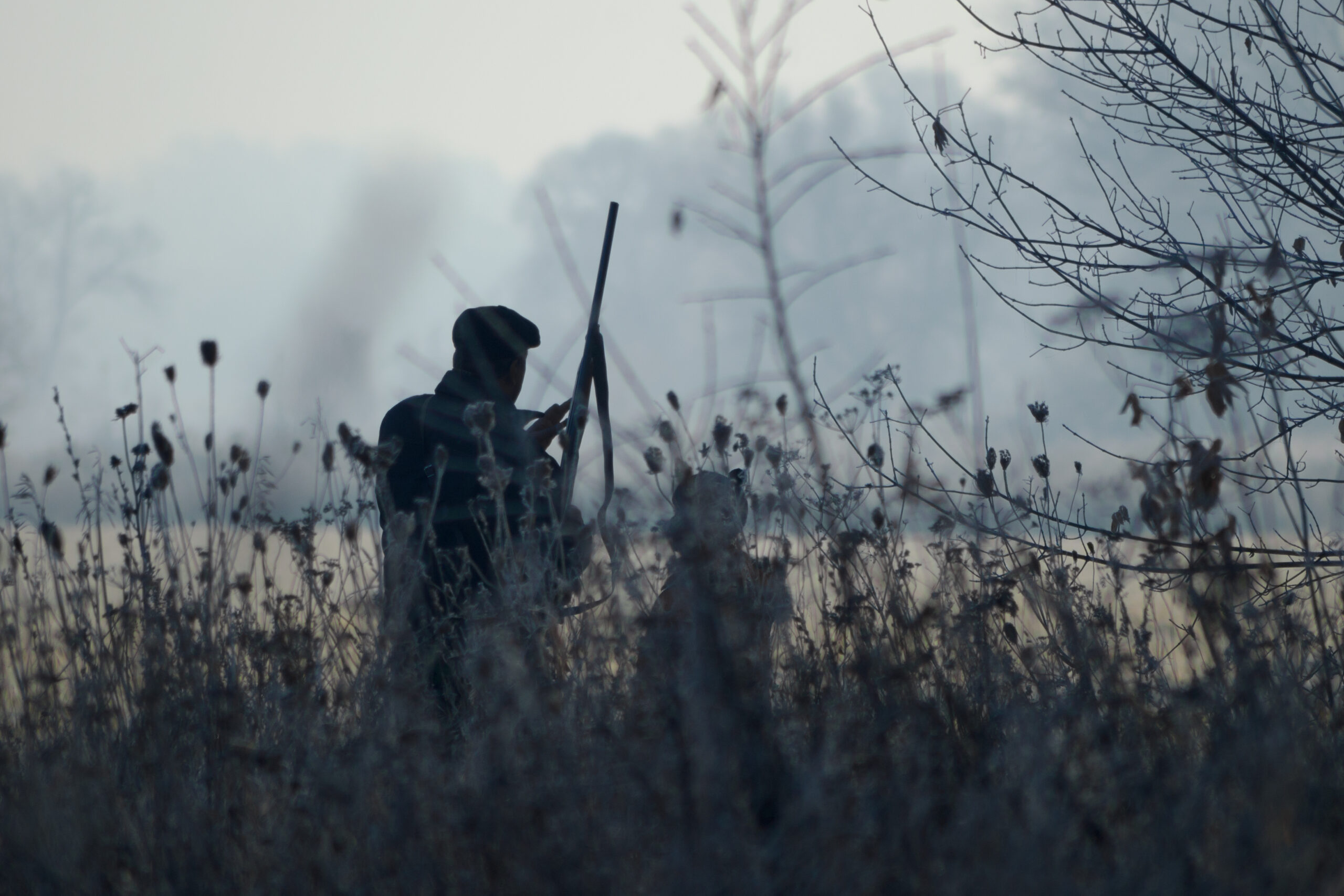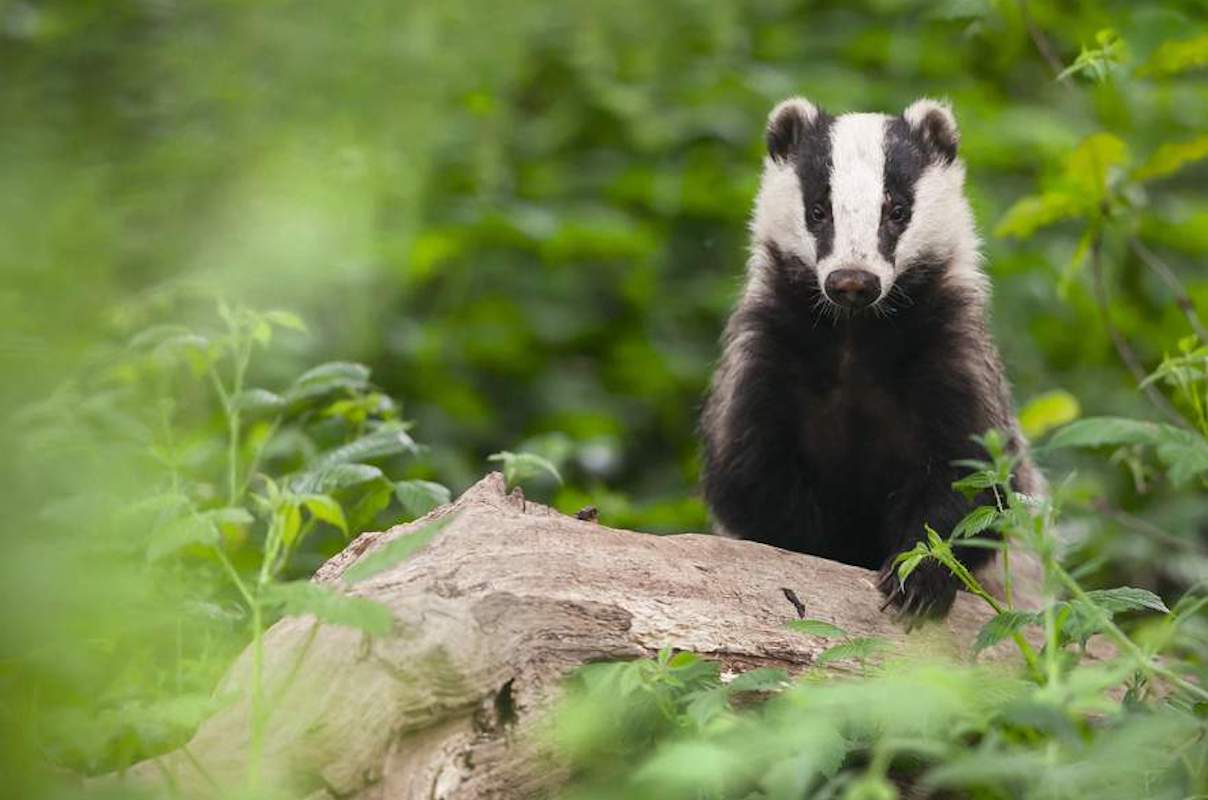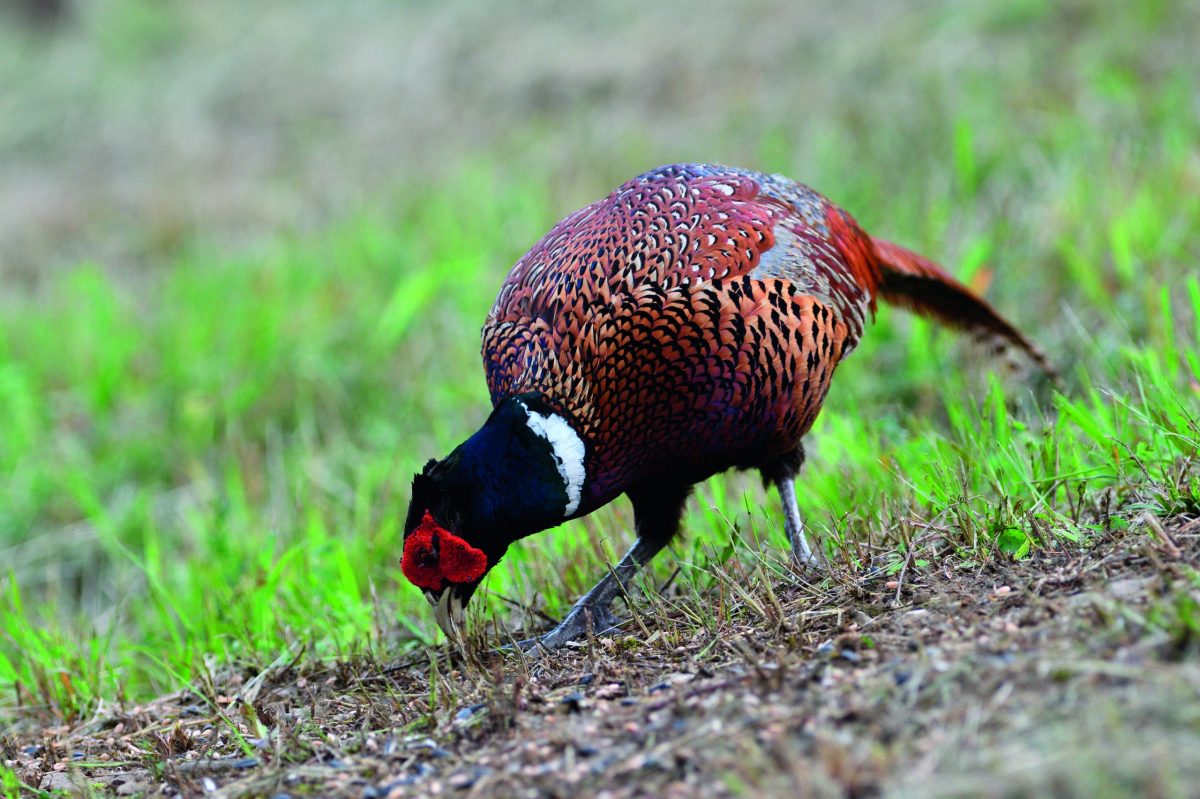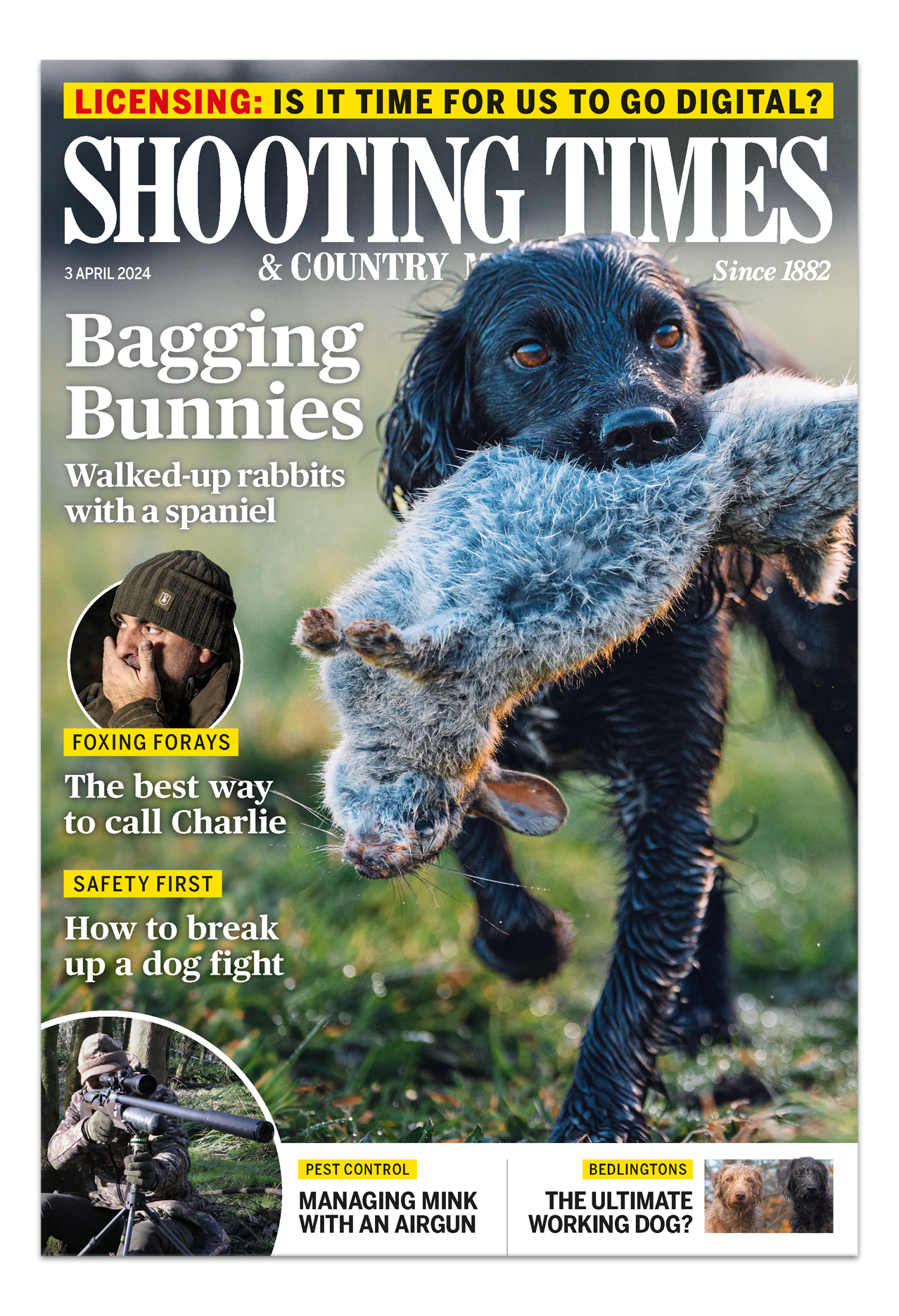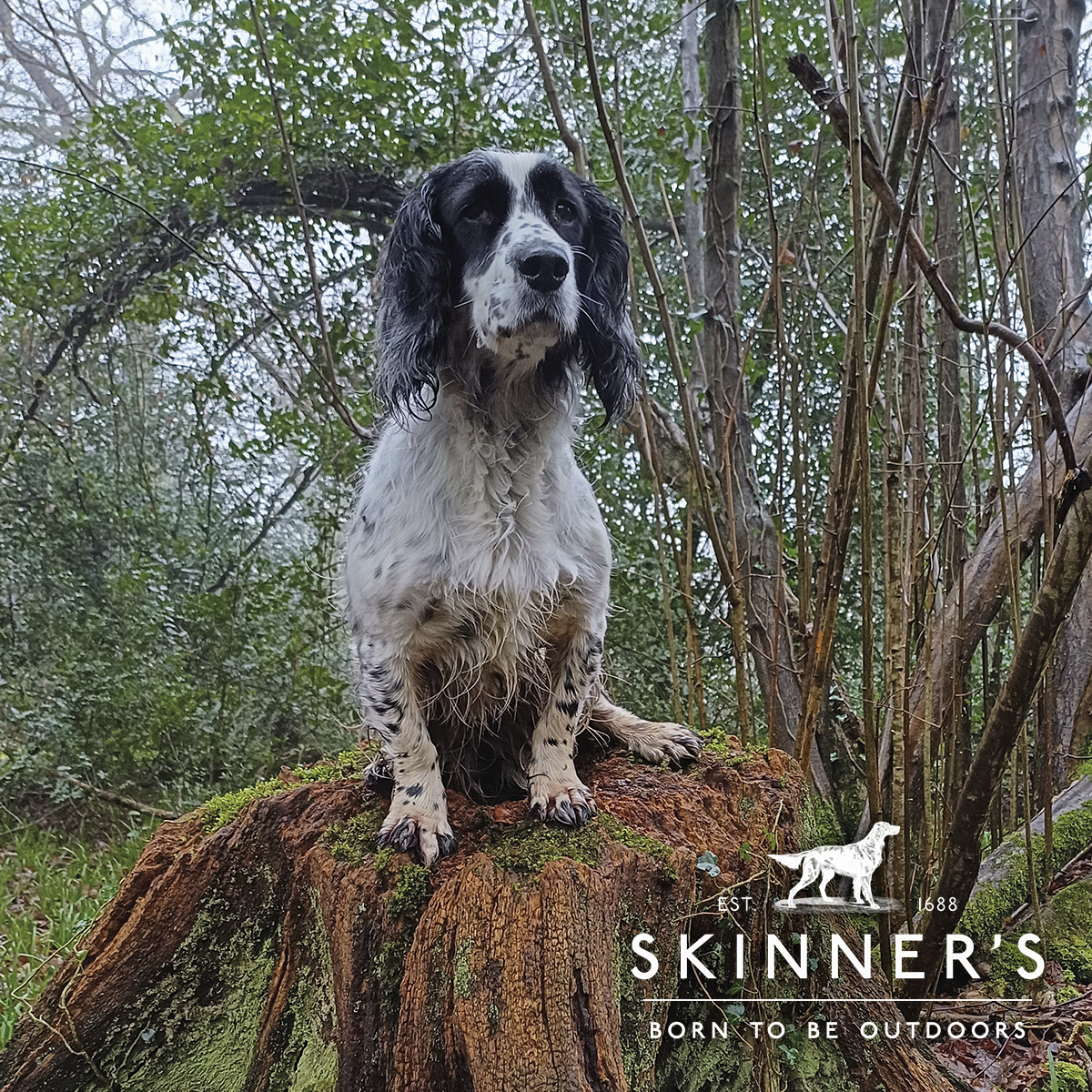Sealyham Terrier pack hunt rats on the river Taw
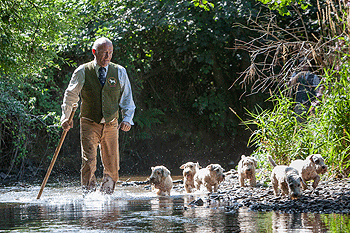
I have never owned a terrier; they are not my kind of dog. But that could well change after my very enjoyable day out with Harry Parsons and his pack of working Sealyham terriers, hunting rats along the river Taw in north Devon.
Despite never having shared my life with any breed of terrier, I have watched a lot of them work — but I had never witnessed such control being exercised over a pack of around 15 as they searched out their quarry.
Over the past few years there have been many pages written about the history of the Sealyham terrier. No article featuring this native breed would be complete, however, without a mention of Captain John Edwardes, who created it.
The breed was developed between 1850 and 1891 at Sealyham House, near Wolfscastle in the Welsh county of Pembrokeshire. Originally, it was used for pest control, hunting small game and eliminating vermin — in particular, badgers, which were usually relocated.
The Welsh corgi, fox terrier (wire), and the now extinct English white terrier all played a part in the make-up of the Sealyham, although Edwardes did not keep records. He wanted a small white dog with a strong jaw and a wiry coat — the white coat was particularly prized, as it meant the hunter in the field could distinguish the dogs from the quarry. Edwardes culled weak dogs, and bred the stronger ones. After his death in 1891, other breeders began to work with Sealyhams, including Fred Lewis, who promoted them.
The breed was shown for the first time in 1903, and officially recognised by the Kennel Club in 1911. The Sealyham Terrier Club was formed in 1908. In his excellent historical book, The Sealyham Terrier, Theo Marples writes that, in 1912, the Sealyham Terrier Breeders and Badger Digging Association was formed with the specific objective of “protecting and developing the working attributes of the dog so that it did not degenerate into a merely ornamental show dog”.
Fall from fame
In the 1920s and 1930s, Sir Jocelyn Lucas used the dogs to hunt badgers, otters, stoats and squirrels. His pack of Sealyham terriers travelled all over the country and hunted on some very prestigious estates, including the prime minister’s country residence, Chequers, in Buckinghamshire.
During this period, the Sealyham was one of the most popular native breeds of terriers, with more than 2,000 puppies registered in 1920. Today, however, the Kennel Club lists it as among the most endangered native breeds. In 2008, registrations dropped to just 43 puppies and, in 2011, the figure was 49, keeping it within the bottom three on the most endangered list.
Harry Parsons and his partner, Gail Westcott, have worked tirelessly over the past few years to highlight the plight of the working Sealyham terrier. They own 10 Kennel Club-registered dogs, which they work as a hunting pack along with a few Jack Russells.
We had stayed overnight on a farm and, as the sun burned off the lingering mist, a few more cars turned up. I was surprised at the kind of people who had made the effort to come along. I’ve been on a few terrier rat hunts and normally the order of the day is couples in camoufl age clothing with dogs on chains — it can all be a bit macho.
However, this hunt was different. Harry and his two whippers-in, Mark and Nigel, were dressed in shirts, ties and waistcoats, and the “followers” comprised families with children, and a couple who had come from Ireland to see the dogs working.
Most of them either owned Sealyhams or had an interest in getting one and, for many, it was the first opportunity to see the dogs in a working environment. Earlier in the morning, Harry had taken me down to the river and we had walked a mile and a half on each bank, checking for any signs of mink or otter. Satisfied that there were no signs of either species, Harry was happy to draw the river in search of rats.
As the dogs were let out of the pen, Harry quickly pulled them in behind him as we had to walk through a field full of sheep. Mark went out in front and Nigel brought up the rear. It soon became apparent that the terriers were as tight as a good pack of foxhounds. As we dropped down to the river, I had the thought that, had Jocelyn Lucas or Captain Edwardes been alive, this might well have been a scene they would recognise.
Watching the dogs work along the riverbank, it occurred to me that they differ from many of the working terriers that are more popular today. The working Sealyham was bred not only for its physical attributes but also for its intelligence. In addition, it was developed to work in a pack, and therefore is not aggressive — although it is still very “game” when hunting.
Some of the followers had brought their own Sealyhams and Harry invited them to let their dogs join his pack. Although the dogs had not met before, there were no scuffles or fights. The pack had a couple of good marks among some tangled tree roots and old tractor tyres that had been used to shore up a collapsing bankside but, despite Harry and Mark’s best efforts, they couldn’t get any rodents to bolt.
Although it would have added to the excitement of the day, it didn’t matter that we didn’t see, or indeed kill, any rats. The enjoyment came from watching the dogs hunt in what is quite an unusual way for terriers, and it gave the followers a chance to see their own dogs working in a way they would never have thought possible.
Versatile breed
Later, as we enjoyed a glass of cider, Harry explained that he had put everything on the line to try and save the working Sealyham and is very keen to show the breed’s versatility. He has supplied dogs that are being used to track deer, work with birds of prey and hunt truffles.
They can make good ferreting companions, too. In his book, Lucas writes: “Some Sealyhams will retrieve,” and “A team that has been trained to hunt as a pack can be taken out shooting, used as beaters and are probably more handy and obedient than the ordinary team of spaniels.”
In 2008 Harry founded the Working Sealyham Terrier Club. Although it gets plenty of public support, it needs a highprofile sponsor to ensure the continuing survival of the breed.
Past owners of the Sealyham have included King George V, Princess Margaret (who owned two, called Pippin and Johnny), Elizabeth Taylor and Richard Burton, Humphrey Bogart, Bette Davis and Alfred Hitchcock. It is strange that what was once one of the most popular breeds of terrier is now on the brink of extinction.

